
Pepsi vs. Coca-Cola: The historical rivalry between colas.
In the history of the beverage industry, few rivalries have stood the test of time like that of Pepsi and Coca-Cola.This historical clash of titans has not only shaped the cola industry but has also left an indelible mark on global consumer culture. In this exploration, we dive into the roots of their competition, the marketing battles, global expansion, product diversification, and we’ll provide an update on the cola wars nowadays!
The Birth of Two Iconic Brands
The journey begins with the effervescent birth of these iconic brands in the late 19th century.
Coca-Cola, with its secret formula developed by John Stith Pemberton in 1886, initially served as a medicinal elixir. These humble beginnings set the foundation for what would become a timeless clash of carbonated titans.
Pepsi, born in 1893, sprang from the inventive mind of Caleb Bradham, a pharmacist looking to craft a refreshing drink named ‘Brad’s Drink’. Fast forward to 1898, and it got a makeover to Pepsi-Cola. Why Pepsi? It was marketed as a remedy for dyspepsia (indigestion), and “Cola” referring to the flavor.
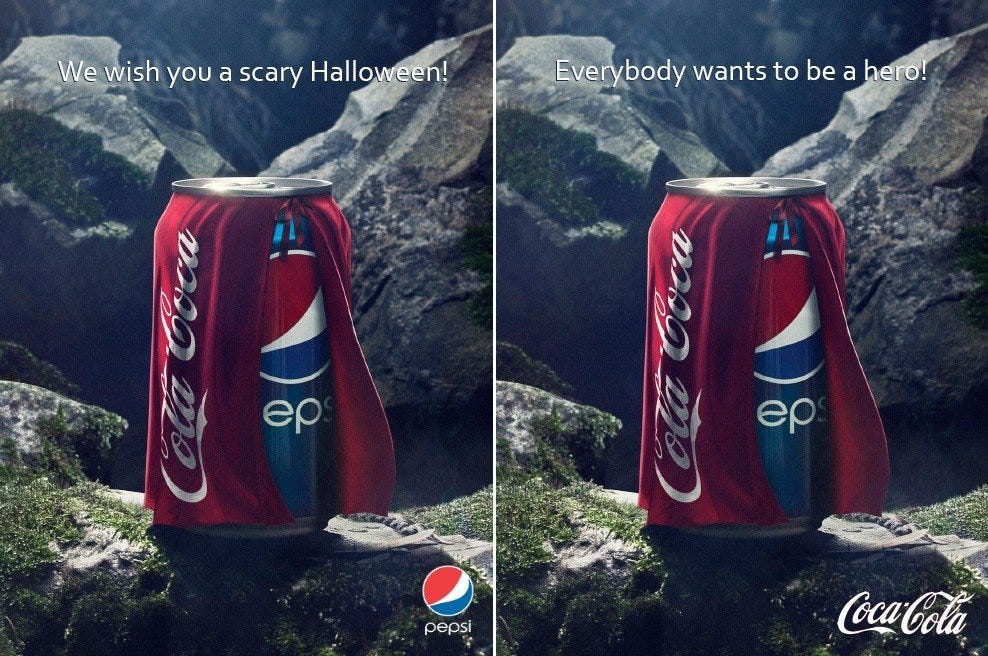
Beyond the creation of their beverages, early strategies deployed by Bradham and Pemberton ignited the spark of competition
Coca-Cola’s unique formula and memorable logo laid the groundwork for establishing a brand identity synonymous with quality and refreshment while Bradham’s emphasis on affordability and a clever marketing slogan, “Delicious and Healthful,” aimed to position Pepsi as an accessible and wholesome alternative.
As we turn the pages of history, these early strategies prepared the stage for an enduring rivalry that would unfold over the years, shaping the trajectory of both Pepsi and Coca-Cola in the ever-expanding beverage industry.
The Early Years: Coca-Cola's Dominance
In the early days of the beverage industry, Coca-Cola quickly became a big player, thanks to its secret recipe and clever marketing. From its modest beginnings, it evolved into something extraordinary.
As the 20th century unfolded, the arrival of the iconic contour bottle and the irresistible charm of the “real thing” turned Coca-Cola into a cultural phenomenon.
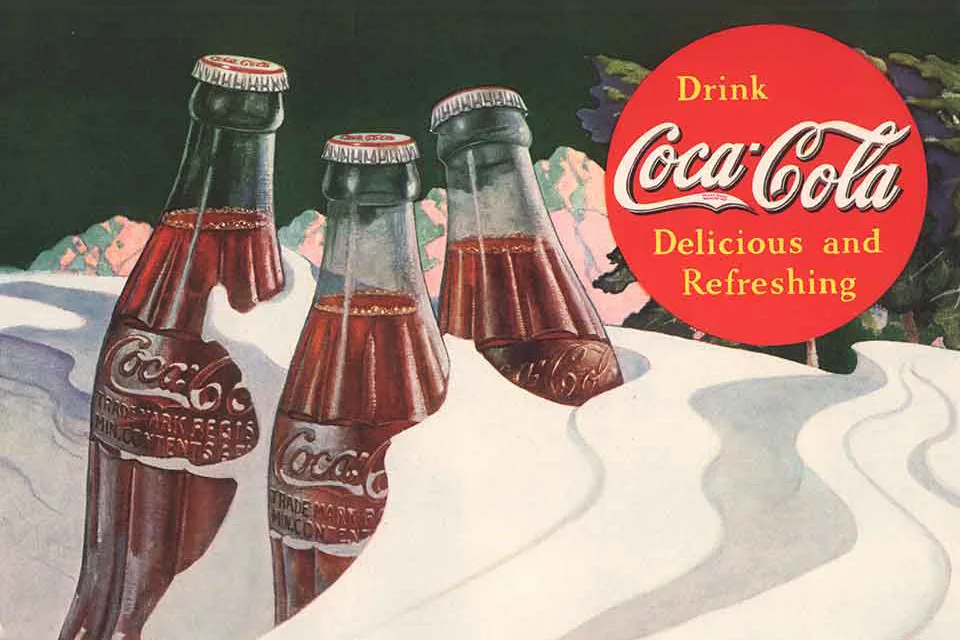
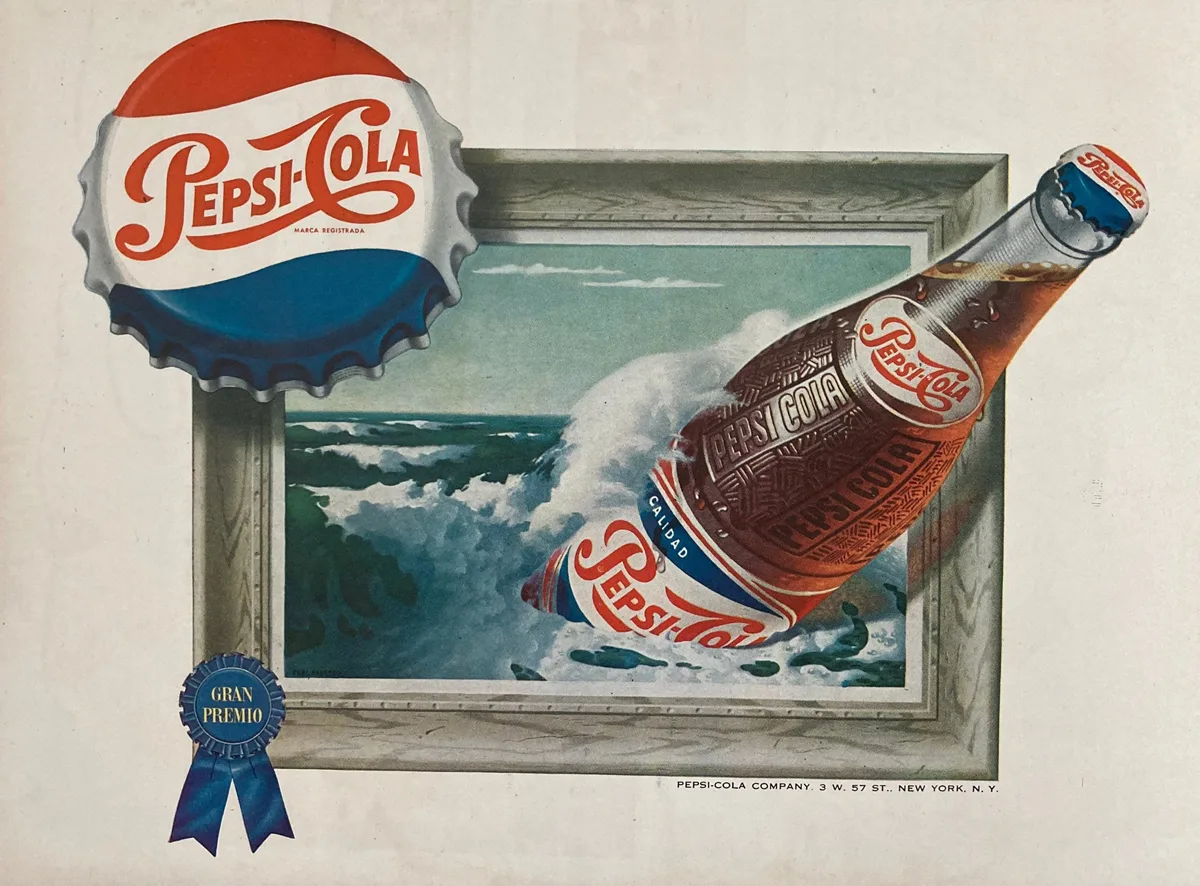
Pepsi's Rise
Pepsi, initially positioned as the underdog, recognized the need for innovation and a distinct market approach. In the 1930s, Pepsi adopted a bold pricing strategy, offering more for less – the 12-ounce bottle for the same price as Coca-Cola’s 6-ounce bottle, appealing to consumers during the Great Depression. Pepsi’s clever marketing campaigns continued to boost its rise, introducing the Pepsi Challenge in the late 1970s, directly challenging consumers to blind taste tests against Coca-Cola. This campaign not only highlighted Pepsi’s confidence in its taste but also shifted the narrative, positioning Pepsi as a legitimate contender to the long-standing giant.
The Marketing Battles
As the rivalry intensified, Coca-Cola and Pepsi engaged in a battle for market share, sparking one of the most iconic corporate competitions in history. This laid the groundwork for the fierce competition that continues to shape the cola landscape today.
#1
Pepsi's "Pepsi Challenge"
Pepsi’s “Pepsi Challenge,” launched in the late 1970s, was a masterstroke in the art of taste-based marketing. This innovative campaign, conducted through blind taste tests, invited consumers to take a sip of both Pepsi and Coca-Cola without knowing which was which. The results were astonishing – a significant number of participants preferred the taste of Pepsi over Coca-Cola.
The “Pepsi Challenge” wittingly tapped into the psychology of taste, challenging the established notion that Coca-Cola was the ultimate champion in flavor. By focusing on the sensory experience, Pepsi positioned itself as the superior choice in a head-to-head taste competition.
#2
New Coke
With Pepsi gaining momentum, Coca-Cola found itself in a defensive position, worried about a potential decline in market share. How did Coke respond to this challenge?
Since the market research suggested that in blind taste tests, participants often favored the sweeter taste of Pepsi in an attempt to align with these preferences, Coca-Cola embarked on a bold and controversial journey – the introduction of New Coke in 1985, hoping to strike a chord with modern taste buds.
However, the unveiling of New Coke was met with an unexpected and unprecedented public backlash. Consumers, deeply attached to the original Coca-Cola formula, expressed outrage and nostalgia for the classic taste. The emotional connection that people had with the brand transcended the mere flavor, and the backlash was swift and vocal.
When people found out they were losing the taste they held dear, a whopping 400,000 wrote letters demanding to change the formula back.
Coca-Cola came up with a compromise. They decided to keep the new formula as New Coke and reintroduce the old version as Coke Classic. That would make everybody happy, right? Not quite. It ignited an internal Coke debate, with fans arguing over New Coke versus Coke Classic, instead of standing united against Pepsi drinkers.
#3
Smart and not-so-smart moves
Now, let’s talk about the smart and not-so-smart moves made by both Coca-Cola and Pepsi. Pepsi’s challenge was a stroke of genius—bold, visible, and carefully tested before going big. But, there were mistakes on both sides.
Coca-Cola’s emotionally-charged decisions showed a lack of strategic cool. Yet, the powerful connection people had with the brand proved that being a “Coke drinker” was a deeply ingrained identity. Despite a brilliantly creative campaign, it didn’t fundamentally change people’s buying habits. While Pepsi grabbed attention, it didn’t necessarily translate into a significant sales boost.
While Pepsi eventually picked up market share, did it happen because of the Michael Jackson endorsement or from the Pepsi Challenge? One thing’s for sure: there wasn’t a sales spike after the Pepsi Challenge.
In November 1983, one year after “Thriller” was released, Jackson (with his brothers) and PepsiCo struck a $5 million partnership that would shatter the record for a celebrity endorsement deal, link the two entities for a decade and set the bar for every integrated marketing campaign that would follow.
Pepsi's Global Rise
Pepsi and Coca-Cola, having solidified their rivalry in the American market, set their sights on global domination, initiating a new phase in the cola wars. Pepsi’s international expansion was marked by a proactive and strategic approach. The brand sought to establish a presence in diverse markets by tailoring its marketing strategies to resonate with local cultures.
Collaborations with local celebrities
Pepsi’s “Pepsi Challenge” campaign transcended borders, adapting to regional preferences and cultural nuances. In various parts of the world, Pepsi tailored its message to appeal to specific tastes, often positioning itself as the choice of the younger generation and a symbol of modernity.
Collaborations with local celebrities and influencers played a crucial role in Pepsi’s global strategy. Building on our previous exploration of the influential dynamics in marketing, Pepsi’s global strategy underscores the vital role of collaborations with local celebrities and influencers. By aligning the brand with recognizable figures, Pepsi successfully navigates cultural nuances, fostering a sense of familiarity in new markets. Dive deeper into the transformative influence of such partnerships in our earlier piece on the power of influencers.
By associating the brand with familiar faces, Pepsi managed to bridge cultural gaps and create a sense of familiarity in new markets.
Let’s look at some of the most memorable moments:
Modern Love
In 1987, music legends David Bowie and Tina Turner took center stage, singing a special rendition of Bowie's "Modern Love" in a unique plotline.
The ad featured Bowie as a mad scientist creating the perfect woman, with Pepsi playing a quirky role in the narrative. The duo danced and sang joyously, capturing the ’80s magic.
Super Bowl ad
English singer Robert Palmer's '80s hits, including "Addicted to Love" and "Simply Irresistible," inspired Pepsi's 1989 Super Bowl ad.
Mirroring Palmer’s original music video, the Pepsi commercial showcased models drinking Pepsi with shots of cans landing in ice, recreating the irresistible vibe.
Britney Spears
Britney Spears, a pop sensation, starred in Pepsi commercials throughout the 2000s.
The 2002 “Now and Then” commercial traveled through decades, with Spears singing a classic Pepsi jingle, creating a nostalgic journey.
We will rock you
The 2004 Pepsi ad featured a star-studded lineup, including Britney Spears, Beyoncé, Pink, and Enrique Iglesias.
The gladiator-themed commercial had the singers uniting in a powerful rendition of “We Will Rock You,” overthrowing a domineering ruler and celebrating with Pepsi.
Beyoncé
In 2013, Beyoncé starred in the "Mirrors" commercial, showcasing her evolution through mirrors and jamming out to "Grown Woman."
The ad celebrated Pepsi Max and Beyoncé’s legendary career.
Every Generation
The 2018 "Celebrating Every Generation" commercial.
Narrated by Jimmy Fallon, paid tribute to Pepsi’s legacy with stars like Cindy Crawford, Jeff Gordon, Michael Jackson, and Ray Charles, highlighting iconic moments across decades.
Cardi B
Cardi B's iconic "okurrr" made its way into a 2019 Pepsi commercial.
In a diner scene, Cardi humorously responds to a Pepsi being okay, sparking a restaurant-wide attempt to roll their R’s like her.
Coca-Cola Global Expansion
Coca-Cola, with its legacy and iconic brand image, embarked on a global expansion with a focus on maintaining its universal appeal. The “Open Happiness” campaign became a cornerstone of Coca-Cola’s international marketing, emphasizing shared moments of joy that transcended cultural differences.
"Open Happiness"
Launched in the first half of 2009, the ‘Open Happiness’ campaign was created by Wieden & Kennedy with the primary goal of increasing the sales of Coca-Cola.
In 2005, the sales volume of Coke for the very first time since 1985 had slipped by 2 percent worldwide. At a time when sales of soft drinks in all of the economies were slipping, the “Open Happiness’’ campaign came as a breath of fresh air by inviting people around the world to refresh themselves with a coke and not miss out on some of the most simple pleasures of life.
Regional Marketing Tactics
Coca-Cola’s market entry often involved adapting its product offerings to suit local preferences. This approach allowed Coca-Cola to establish a sense of familiarity while retaining its core brand identity. For example, in markets where tea is prominent, Coca-Cola introduced products with tea infusions to cater to local tastes.
Both brands faced challenges in navigating diverse markets. Cultural differences, regulatory landscapes, and varying economic conditions presented hurdles. Pepsi and Coca-Cola engaged in intense battles, not only against each other but also against local competitors who often had a deeper understanding of the nuances of their markets.
In Asia, Pepsi and Coca-Cola engaged in fierce battles, leveraging partnerships with popular local celebrities and adapting flavors to suit regional preferences.
In the Middle East, where cultural sensitivities influenced advertising content, both brands took careful steps to align with local values.
In the dynamic landscape of the cola industry across Asia, Pepsi and Coca-Cola have engaged in fierce battles, strategically aligning themselves with influential figures to enhance their market presence. Notably, Coca-Cola’s approach has witnessed a significant shift in its choice of endorsers, reflecting an evolving strategy to resonate with diverse audiences.
2012
Coca-Cola's Chinese New Year Celebration with Liu Xiang became a pivotal moment in the brand's advertising history.
Liu Xiang, Coca-Cola’s celebrity ambassador in the Mainland, played a central role in this festive promotion. The TV commercial, titled ‘School Visit,’ portrayed a heartwarming narrative from Liu Xiang’s school days, emphasizing Coca-Cola’s role in connecting old friends and reuniting families during this auspicious time. The campaign, marked by sentimental campaign posters, became an annual tradition, symbolizing not just a beverage but a companion in moments of celebration, connection, and reunion during the cherished Chinese New Year festivities.
2017
Coca-Cola made a significant impact in China by partnering with Lu Han.
Lu Han, a Beijing-born celebrity renowned for his success with South Korean-Chinese bands EXO and EXO-M, as well as notable roles in movies like “Time Raider.” This collaboration went beyond traditional advertising, featuring Lu Han’s image on soda bottles, print ads, and performance footage in TV promotions, creating a meaningful connection with the local audience.
2019
The Coca-Cola Company continued its trajectory of celebrity partnerships.
This time teaming up with global sensation BTS, a K-pop boy band, as part of the global campaign “Turn up your rhythm.” This groundbreaking collaboration, initiated in Indonesia, unfolded through a one-minute spot that took viewers on an imaginative journey through a Coca-Cola factory. Here, mundane moments were transformed into uplifting experiences. The integrated marketing strategy across social media, TV, mobile, and in-store showcased BTS’s cover of “Jungle” as the pulsing, energetic beats accompanying the bottles of Coca-Cola on their way to refresh the world. This strategic move resonated with the evolving trends in the region, leveraging the immense popularity and influence of K-pop culture.
2019
Meanwhile, in New Delhi, Coca-Cola adopted a unique approach, featuring Bollywood superstar Deepika Padukone in their new ad titled 'Elevator.'
This ad creatively capitalized on the intriguing premise of encountering a superstar in a dysfunctional elevator. Riding high on the success of her Hollywood debut film xXx: Return of Xander Cage, Deepika Padukone’s celebrity power added a distinct flavor to Coca-Cola’s marketing narrative.
Challenges in India were met with innovative solutions; for instance, Coca-Cola introduced smaller, more affordable bottles to appeal to a price-sensitive market. In Europe, Pepsi’s sponsorship of major football events contributed to its visibility and popularity.
Both Pepsi and Coca-Cola showcase their ability to connect with consumers through globally recognized figures while also tailoring their approaches to regional nuances, creating a harmonious blend of global appeal and local resonance.
Most inspiring (our top picks) ads Coca Cola and Pepsi
2010
Pepsi Refresh Project.
An ambitious social media campaign that invited people to submit ideas for community improvement projects. Pepsi pledged millions in grants to fund the most popular ideas, aligning the brand with social responsibility and positive change.
2011
Share a Coke Campaign
A personalized marketing campaign where Coca-Cola replaced its logo with popular names on bottles. This initiative not only engaged consumers but also encouraged them to share their personalized Coke experiences online.
2016
#SayItWithPepsi
Embracing the rise of emojis, Pepsi launched a campaign encouraging consumers to express themselves through custom-designed Pepsi emojis and share their creations on social media.
2016
#TasteTheFeeling
Coca-Cola’s global marketing campaign focused on the emotional connection people have with the brand. It incorporated user-generated content, encouraging consumers to share their moments of enjoying Coca-Cola.
2020
#SipsofEmotion
As highlighted in our previous article, the enchanting 2020 holiday campaign, #SipsOfEmotion, skillfully captures the essence of Christmas with a poignant narrative of selflessness, resonating particularly with fathers and daughters. This emotionally charged message sets a benchmark for effective emotional marketing, earning it a well-deserved spot among the top Christmas campaigns
2024
#New Guy :90
For their latest ad, Coca-Cola brings Sprite & Coke together for the first time in an ad inspired by The Bear. The ‘New Guy’ campaign by Coca-Cola features The Bear creator, offering a unique perspective on the “magic and chaos” of family occasions. In a historic move for The Coca-Cola Company, this campaign marks the first time in its 130-year history that multiple products are seamlessly integrated into a single advertisement.
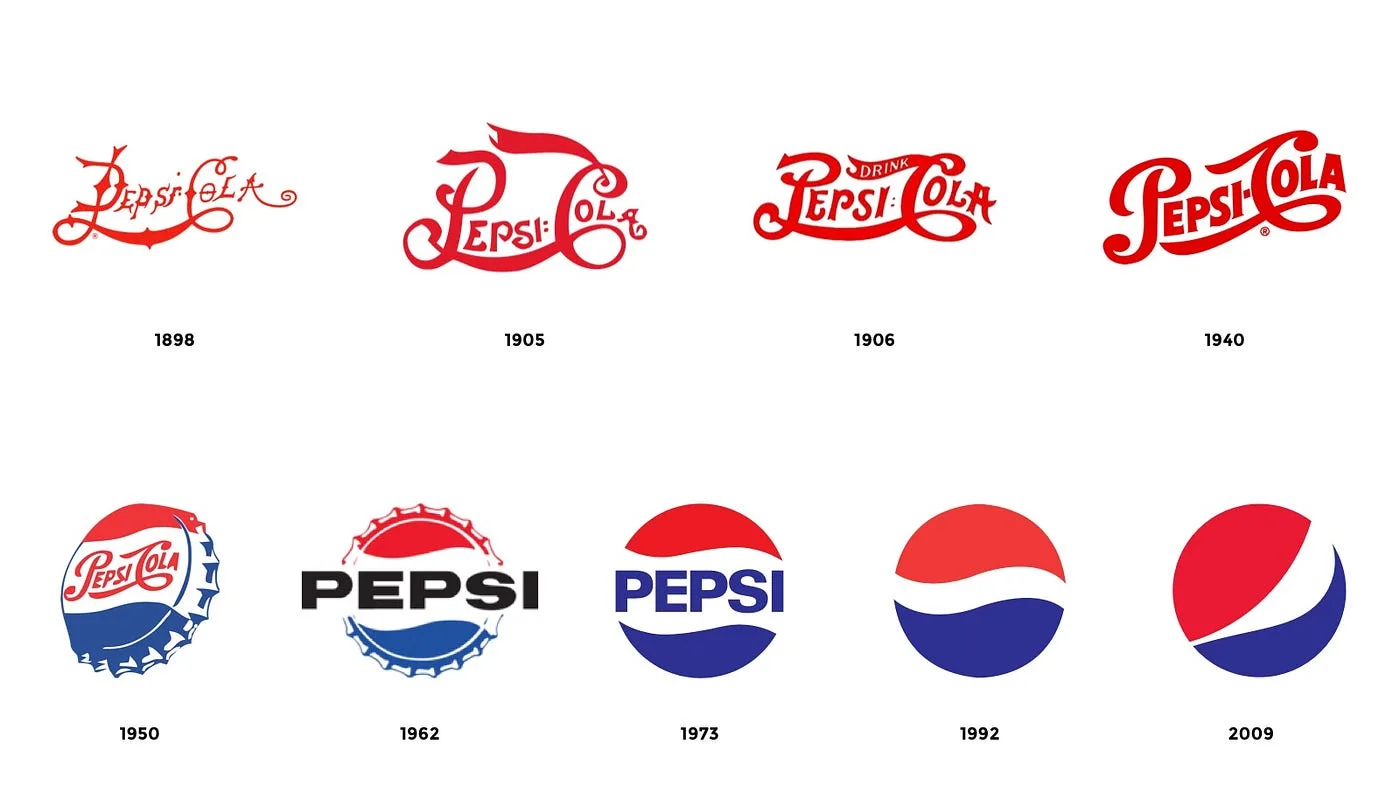
Comparison
Coca-Cola and PepsiCo put considerable effort into distinguishing themselves from other soft drink companies and enhancing their visibility. Analyzing the combined impact of Intergrated Marketing Solutions and branding efforts provides insights into the effectiveness of each strategy on a global scale.
Establishing cultural or emotional connections with target audiences proves to be a powerful method for crafting universally resonant messages. By forming a ‘tribe’ and linking personal, immersive experiences to potential customers, both brands cultivate a sense of belonging.
Certainly, in terms of market share, Coca-Cola stands out. Examining the interest over time chart on Google Trends measured between June 1st, 2021, and June 1st, 2022, data reveals Coca-Cola’s significantly higher results compared to PepsiCo, affirming the success of the brands’ marketing strategies.
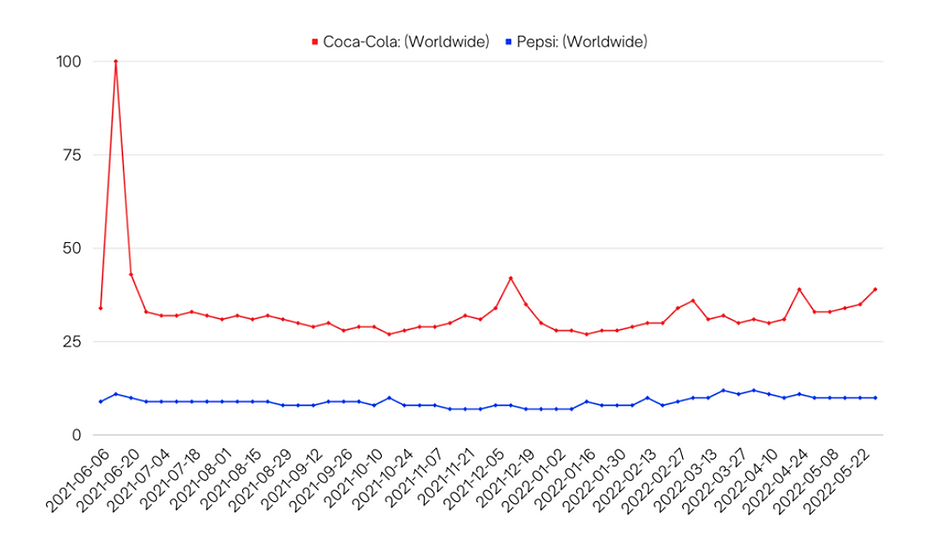
Conclusion
In conclusion, the historical rivalry between Pepsi and Coca-Cola is a tale of innovation, marketing brilliance, and global resonance.
From their humble beginnings in the late 19th century to the modern era of celebrity collaborations and innovative campaigns, regardless of the numbers, both brands have shaped the cola industry and left an indelible mark on global consumer culture.
The New Frontier in Global Brand Advertising
The content creator’s ability to deliver superior content, aligned with their audience’s interests, presents brands with cost-effective alternatives to traditional advertising methods.
The power of Authenticity for Effective Advertising
Authenticity plays a crucial role in influencer marketing and greatly impacts the effectiveness of advertising campaigns. Learn how to carry out your campaign authentically!
Beyond Gaming: The rise of non-gaming content
Why settle for being the best gaming streaming platform when you have the potential to be the best non-gaming platform as well? The winds of change are blowing and we’re feeling the chills.